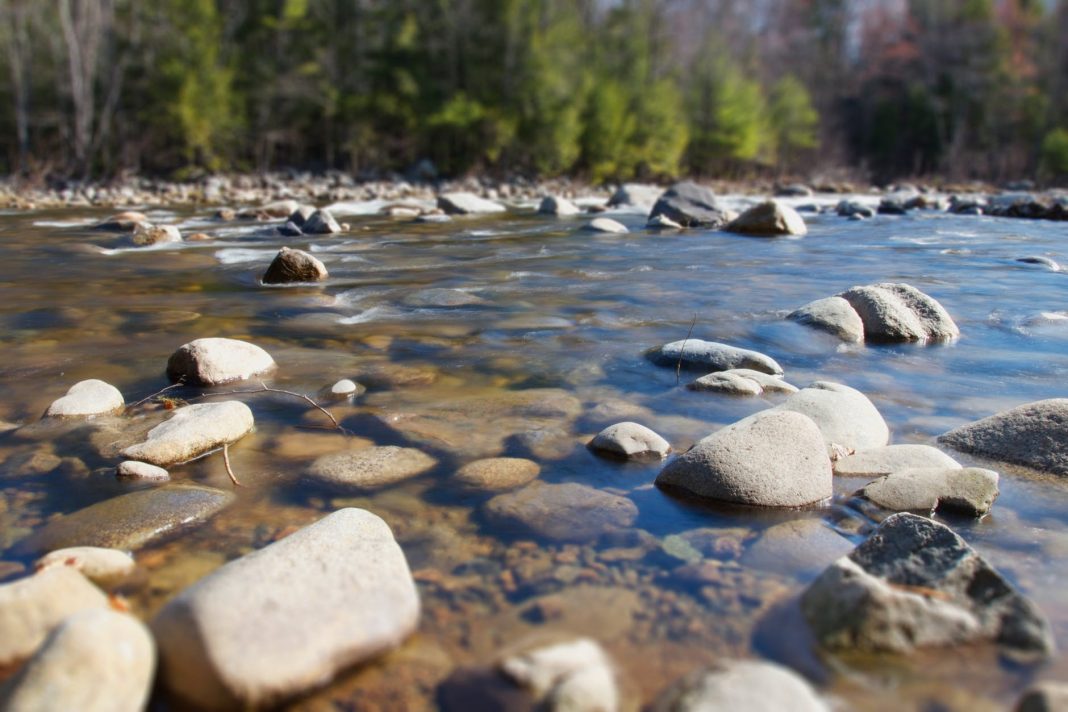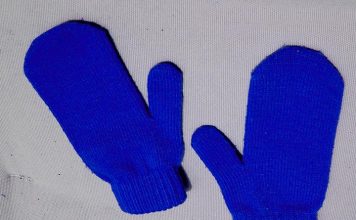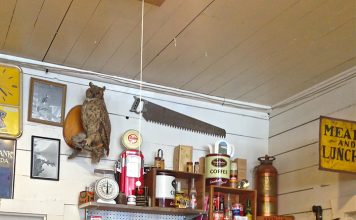| Issue #16 • July/August, 1992 |
(This introductory overview to waterwheels is the first of a three-part series. The second installment [Issue No.17] will be about undershot and no-head wheels, and the third installment [Issue No. 18] will deal with overshot wheels. Editor)
The creak of an old, wooden moss-covered wheel lazily driving a gristmill in a long lost past is how most people think of a small scale water power. Of course water power is old. Historical records put it at around 4000 years old. While that makes it an ancient technology, that doesn’t make it an antique technology. If you have ever considered windmills, think of a water wheel as a windmill that uses a fluid 824 times as dense. In other words, 824 times as powerful. On the negative side, you need access to a good stream, while the wind is everywhere. I am making this comparison to show that water power isn’t any more complicated than wind power to understand.
How they work
Waterwheels run because “gravity” causes a “mass” of water to fall some distance (HEAD). This energy is absorbed by the wheel to do work. There is more than one way to absorb the energy, so wheels have evolved into two classes:
- reaction
- impulse
Reaction, uses the moving water to create a pressure differential like an airplane wing. These are correctly called “turbine’s.” A propeller is the most common example of the type.
They have many advantages, but most of the advantages benefit professional or large-scale users. While very efficient and compact they require more “tending” than a non-professional may be able to provide. While they can be automated sufficiently to allow unattended operation, these controls are very costly and really can’t be justified for a non-professional power plant.
For this reason I recommend impulse type water wheels. These function by transferring the momentum of the moving water to the machine. The energy transfer is similar to one billiard ball transferring its energy to another. Because of this, impulse wheels have a very high efficiency, and more importantly, have a constant efficiency over varying stream conditions.
On a small, variable stream (a typical home/farm stream) an impulse wheel can produce more than twice the kilowatt hours of a reaction wheel. Impulse wheels are available in several types, each designed for a specific type of stream.

An all-welded steel undershot Poncelot waterwheel ready for installation |
No-head water motor
No-head: If you have a stream with an average velocity of 4 feet per second or higher (preferably higher), you can use a no-head water motor. These are a relatively new innovation. While they are somewhat inefficient compared to more traditional designs, they have the advantage that they do not need a dam of any sort. The time, expense and just plain hassles associated with building a dam make these designs very desirable. There are three choices:
- a simple paddle wheel (Be sure to use a large diameter).
- a Scheider Lift Translator. This is a patented design. The company is located in the area of Sacramento, CA.
- A FITZ C-Rotor and the Scheider Lift Translator are autonomous generators, containing the wheel, generator, and regulator in a single unit. You just place one in a stream and connect the power cable to a load. Both designs are quite cost-effective as a personal power source.
 The undershot wheel, plus generator, installed The undershot wheel, plus generator, installed |
Undershot wheel
Undershot wheels range from simple paddle wheels placed in a stream to Poncelot Wheels. They were developed in France during the 18th century. They are good for small to medium flows and heads from 1 foot to 12 feet. If properly designed, a Poncelot can be 85% efficient or more. Even an amateur-built wheel can be over 75% efficient.
Overshot wheel
Overshot wheels are the kind people associate with Currier & Ives engravings. While many were made of wood, after 1840 most were made of metal. For small streams and heads up to 25 feet, these are still the best choice for a home/farm user. The old FITZ I-X-L designed in 1862 was tested at the University of Wisconsin in 1913. It proved to be 93% efficient.
Crossflow turbines
Crossflow turbines are incorrectly called a turbine since they work on the impulse principal. They can best be described as undershot wheels in a can. They are useful for small to large flows and heads from 10 feet to 100 feet. They are close tolerance devices so we wouldn’t recommend this design to an amateur builder unless you have some machining experience. A Pelton wheel is a high head variant of the crossflow, best used with heads of 50 feet or higher.
Site selection
Basically, the problem you have to solve with site selection is this: How can I make the most kilowatt hours per year with the least expenditure of time and money.
Surprisingly, wheel horsepower and efficiency are not the most important factors. This is because stream flows vary over the year. The best choice is the wheel that delivers 50% or more of the theoretical power of the stream. In other words, the total annual production should be at least HALF of the production you would get if the wheel ran at full power all year long.
For example, there are 8760 hours in a year. If you had a 100 kilowatt wheel, it should produce 438,000 kilowatt-hours annually. (100 KW * 8760 * 50%). If it doesn’t, you should use a smaller wheel. This isn’t as difficult to calculate as it sounds. Power available can be calculated as flow (in cubic feet per second) times head (in feet) divided by 11.8. This will give you power in kilowatts. Divide this answer by 0.746 to get horsepower.
Also remember a stream varies over the year. The most important thing to know for any waterwheel installation is how much water is available, and how much can you use. An oversized wheel is both inefficient and a waste of money. Plot the flows if you can, or get stream flow data from the U.S. Geological Survey. Usually a flow that is met or exceeded 25% of the time is a good flow to size your generator. While you may miss some power during spring floods, remember that they don’t occur often enough to justify the expense of a larger waterwheel.
Generator type?
When selecting a generator type, decide if you want AC or DC power. Will you co-generate with the electric company or go it alone? If your power plant is 25 kilowatts or larger, a self regulated AC system is the best. If it is smaller, or you want to supplement with wind power or photovoltaics, DC is the simplest to use. If you are co-generating, a simple AC induction system will work for any size power plant. This is the absolute least cost arrangement. Here is where the self-regulating characteristics of impulse wheels really pay off.
Wheel selection
Head is the real factor when selecting your wheel. Review the descriptions above and make your choice.
Speed increaser
Impulse wheels turn slowly. This was one reason reaction turbines were invented. Today gearing is very reliable so it is no longer necessary to direct drive a generator. This also allows use of more efficient 4-pole (1800 rpm) generators. Any industrial enclosed drive will work. Do not use auto transmissions. They were never intended for continuous duty. The bearings and casing are too light unless you are making 10 kilowatts or less.
This is an overview of how waterwheels can be used for personal power plants. As in anything, attention to detail is what separates success from failure. Measure your stream carefully, and don’t over-estimate your power needs or building skills. Waterwheels are heavy industrial machines.
On the other hand, don’t under-estimate what one person looking to change their piece of the world can do. Before I bought the FITZ Waterwheel company, I had been through some hard times. Now 6 years later, I operate 1250 kilowatts of generators commercially, providing clean, environmentally safe power to over 1000 homes. I hope you have as much fun and satisfaction with your waterwheel, whatever the size.
(Rudy Behrens owns the FITZ Waterwheel Company. 118 Sycamore Ct., Collegeville, PA 19426, Phone: (215) 489-6256.)














